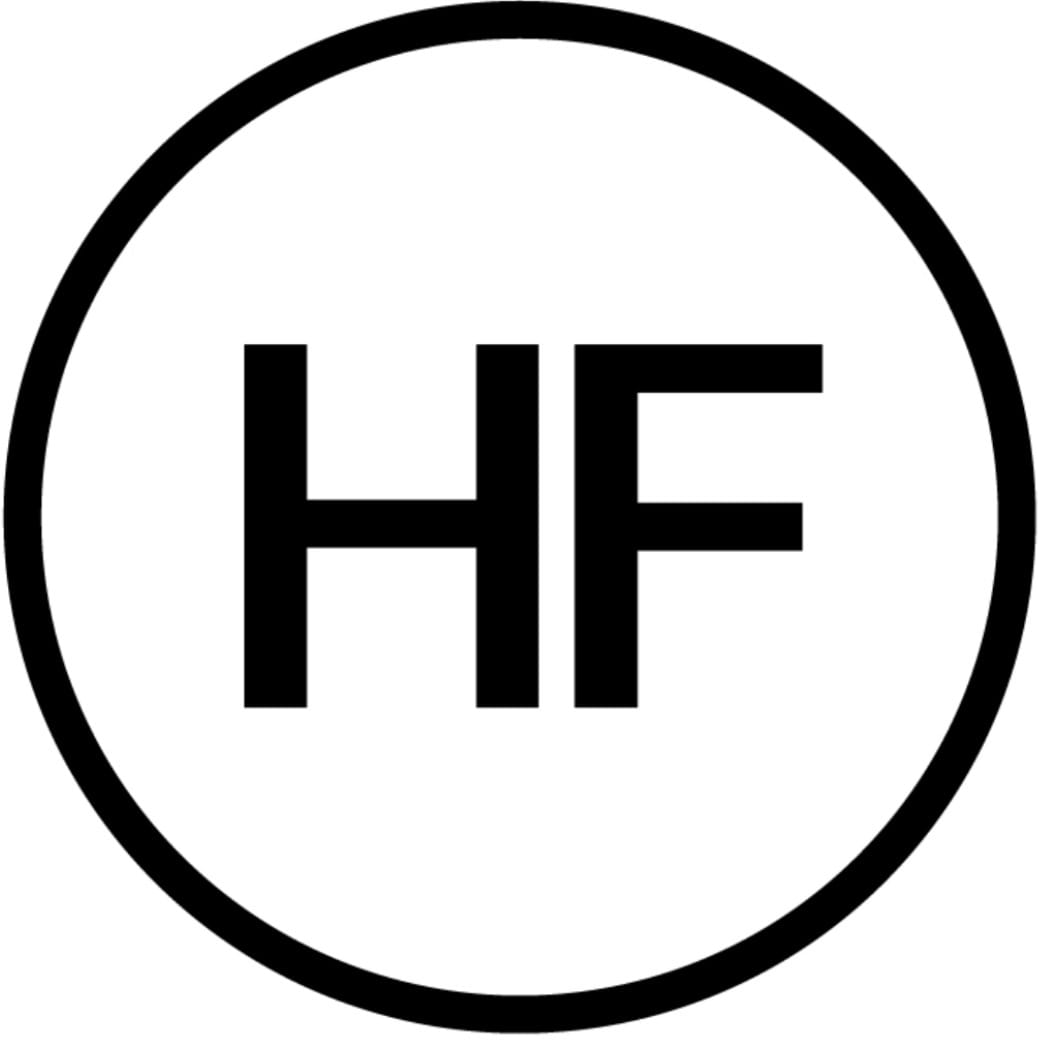When Baudelaire’s flâneur mourned the loss of medieval Paris to Baron Haussmann’s grands boulevards, it was not architecture he grieved but the city’s unsung anti-heroes, clinging to its shadowy alleyways—beggars, prostitutes, sanitary workers, and gamblers. In Baudelaire’s manifesto collection of poems Les Fleurs du mal, such figures stood for decadence, eroticism, and fantasy, those qualities that, although prohibited in polite society, seemed nevertheless to bubble up through its cracks. Masterworks like Baudelaire’s volume hold the power to distill the culture of their moment, but just as important are those occasions when such masterworks assume new urgency as a shorthand for the concerns they articulated in their own time. With Baudelaire’s compendium as their touchstone, gallerist and artist Karen Hesse Flatow and guest curator Nicole Kaack show that Baudelaire’s chief concerns remain productive terrain for an emerging generation of artists whose diverse work is gathered in The Symbolists: Les Fleurs du mal at Hesse Flatow.
In this exhibition, painting, sculpture, and video work by 15 artists and one collective call into question art’s capacity to represent things as they are. Here, art is instead a vehicle for world-making of other kinds: for imagining the cooperative and conflictual ways different life forms, technologies, and forms of knowledge interact. In Hesse Flatow’s largest gallery, symbols of past and future mix to propose a present where human and non-human collide. With compositional clarity that recalls Mayan reliefs, Astrid Terrazas’s potent acrylic on canvas Retrato familiar (2020) animates symbols of ancestral folklore: in this work we encounter three hoof-footed humans adorned by painted and actual silver Milagros, standing out against an army-green ground. Above, a butter-yellow window suspended by a blue gossamer thread glows like a talisman while also offering a glimpse of a white shrine beyond.

